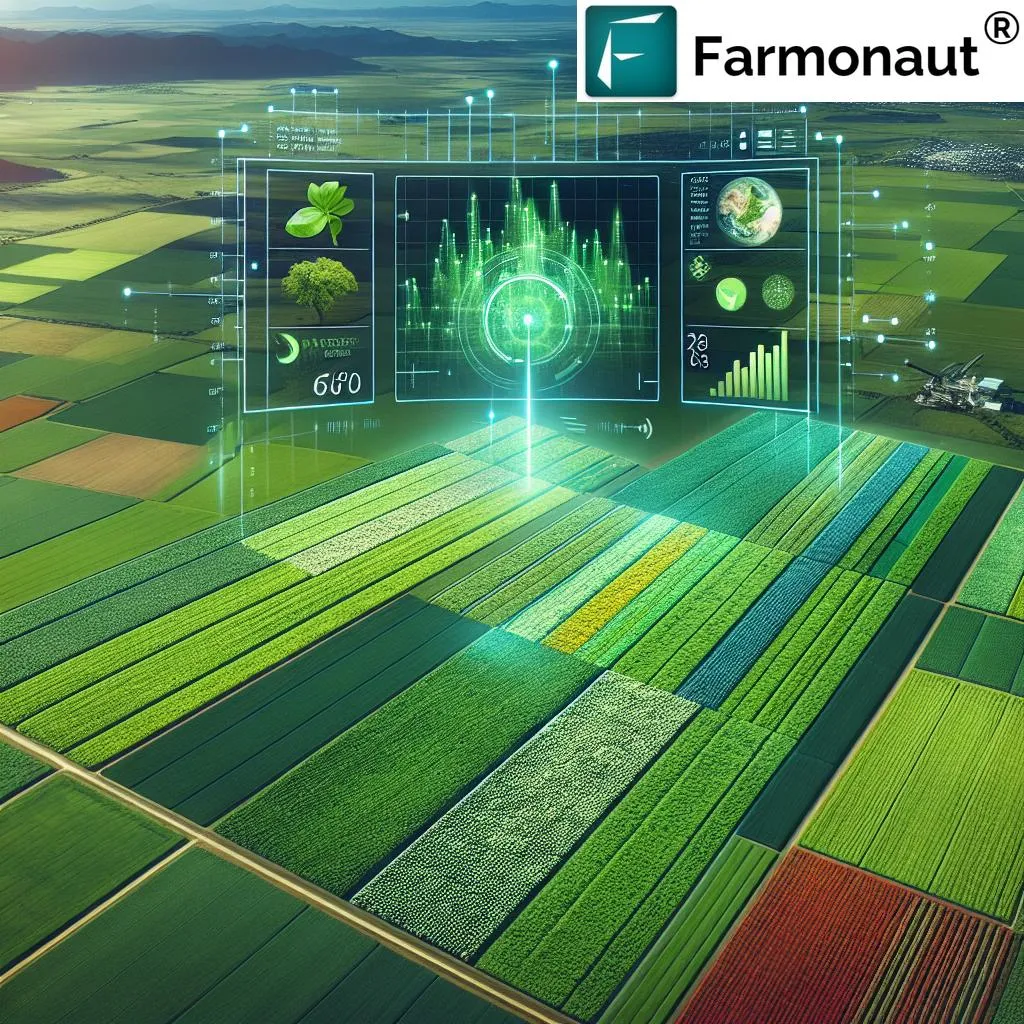In the heart of India’s Uttar Pradesh, researchers are making waves in the world of smart agriculture, and their work could have significant implications for the energy sector as well. Dr. Hina Singh, a computer scientist at Mahatma Jyotiba Phule Rohilkhand University in Bareilly, has led a team that has developed a novel approach to improve the accuracy and efficiency of sensor node localization in Wireless Sensor Network (WSN)-assisted Internet of Things (IoT) networks. Their research, published in the International Journal of Mathematical, Engineering and Management Sciences (translated as the International Journal of Mathematical, Engineering and Management Sciences), could revolutionize how we approach precision agriculture and energy management.
The team’s breakthrough comes in the form of a hybrid 3D localization scheme that combines Particle Swarm Optimization (PSO), Random Forest (RF)-based anomaly detection, and trilateration refinement. This innovative approach addresses the challenges posed by environmental noise, terrain irregularities, and data anomalies, which have previously hindered the performance of existing 3D localization techniques.
“Our proposed scheme proceeds in three phases,” Dr. Singh explained. “First, we estimate the initial node position using RSSI-based path-loss modeling. Then, we employ machine learning-based anomaly detection to filter out any RSSI data anomalies. Finally, we use PSO-based global optimization followed by trilateration for fine-tuning.”
The results of their simulations are impressive. The hybrid approach achieves a low localization error of just 1.2 meters, with energy consumption reduced to a mere 8–10 joules and computation time under 0.5 seconds. These figures outperform the current state-of-the-art techniques, offering a robust and scalable solution for accurate node localization in WSN-assisted IoT networks for smart agriculture.
So, what does this mean for the energy sector? Precision agriculture is a growing field that relies heavily on IoT networks and WSNs to monitor and manage crops, soil, and weather conditions. By improving the accuracy and efficiency of sensor node localization, Dr. Singh’s team has paved the way for more precise and energy-efficient agricultural practices. This could lead to reduced energy consumption in farming operations, lower carbon footprints, and increased crop yields.
Moreover, the techniques developed by Dr. Singh and her team could be applied to other areas of the energy sector, such as smart grids and renewable energy systems. Accurate sensor node localization is crucial for monitoring and managing energy distribution networks, and the hybrid approach could enhance the performance and reliability of these systems.
As we look to the future, the work of Dr. Singh and her team offers a glimpse into the potential of integrating advanced optimization techniques and machine learning algorithms into IoT networks. This could lead to more efficient, accurate, and scalable solutions for a wide range of applications, from smart agriculture to energy management and beyond.
In the words of Dr. Singh, “Our research demonstrates the power of combining different techniques to overcome complex challenges. By integrating PSO, RF-based anomaly detection, and trilateration refinement, we have developed a hybrid approach that pushes the boundaries of what is possible in sensor node localization.”
As the world continues to grapple with the challenges of climate change, food security, and energy sustainability, the work of Dr. Singh and her team offers a beacon of hope and a testament to the power of innovation and collaboration. Their research not only advances the field of smart agriculture but also opens up new possibilities for the energy sector and beyond.

